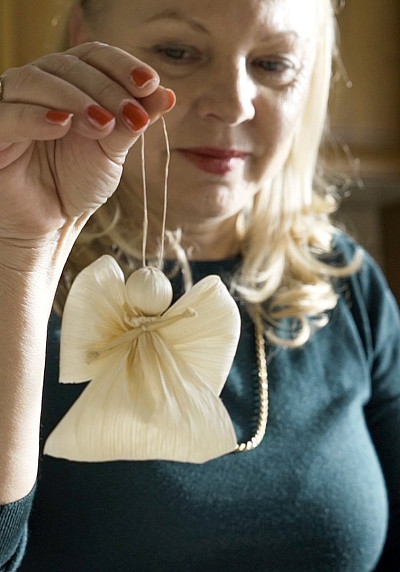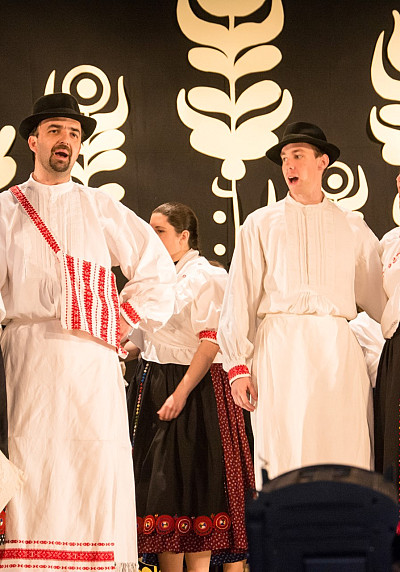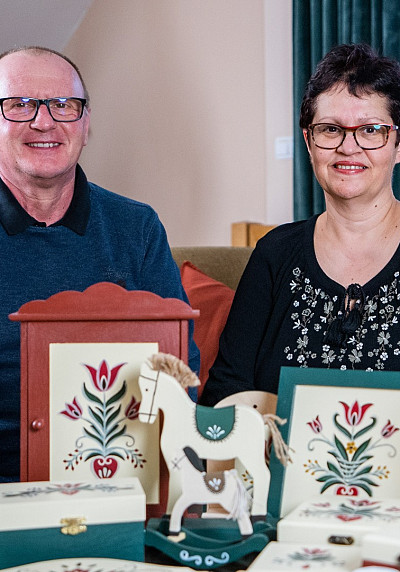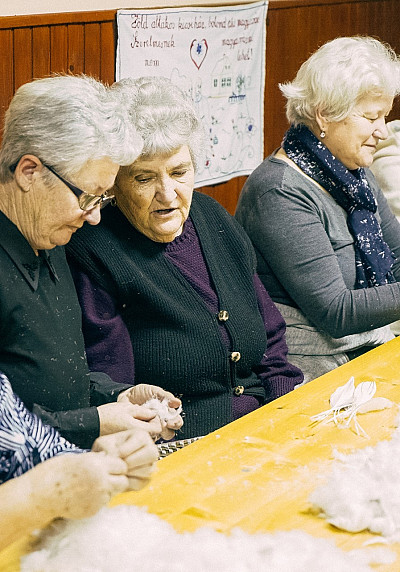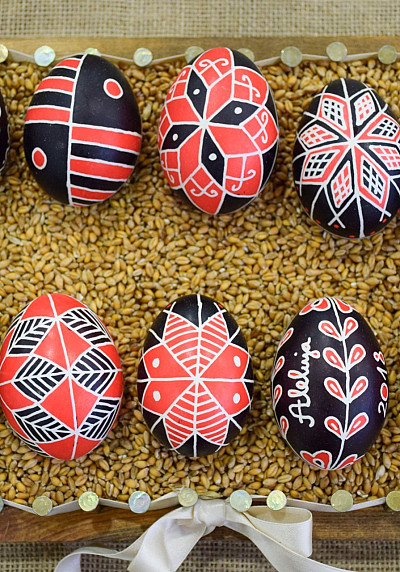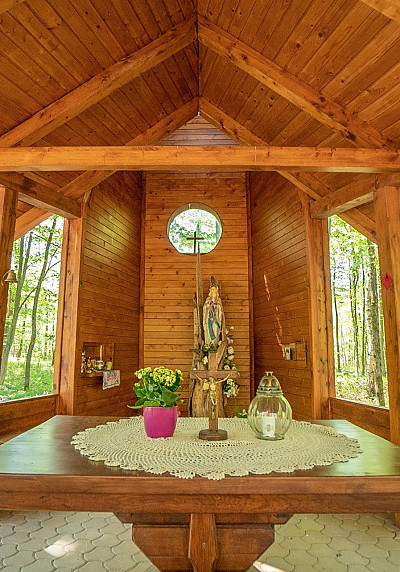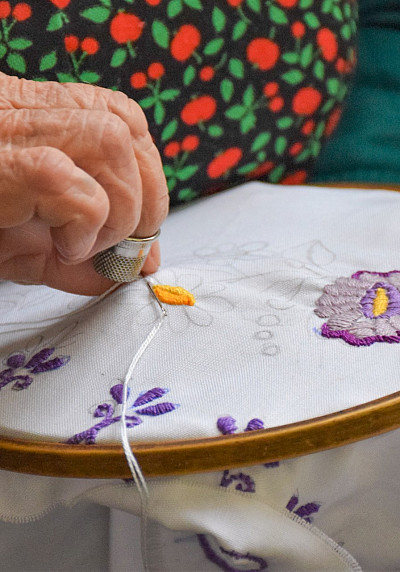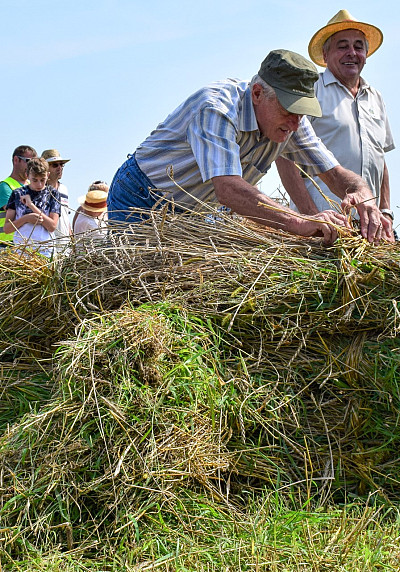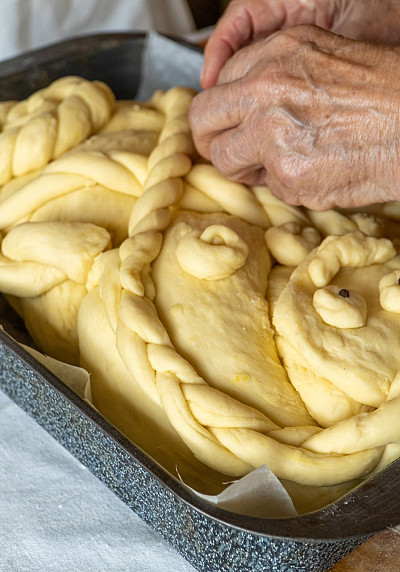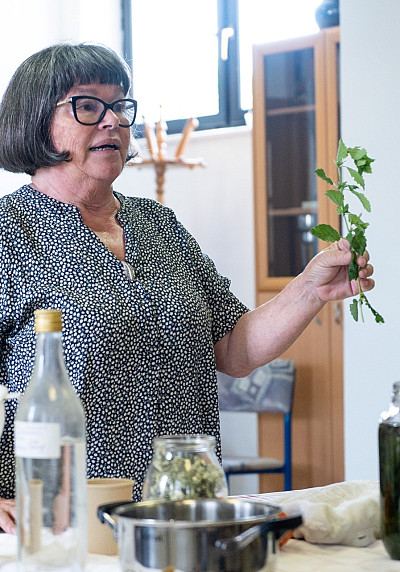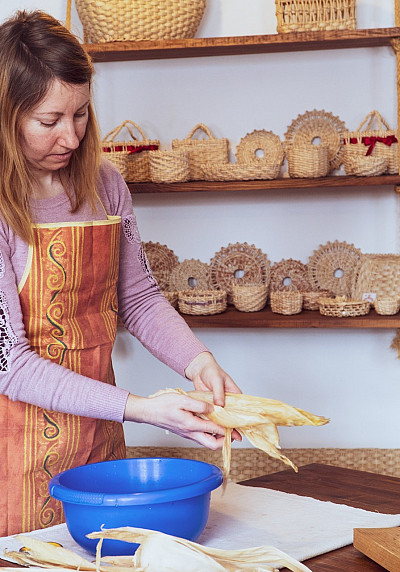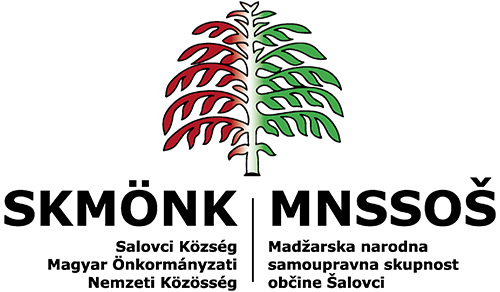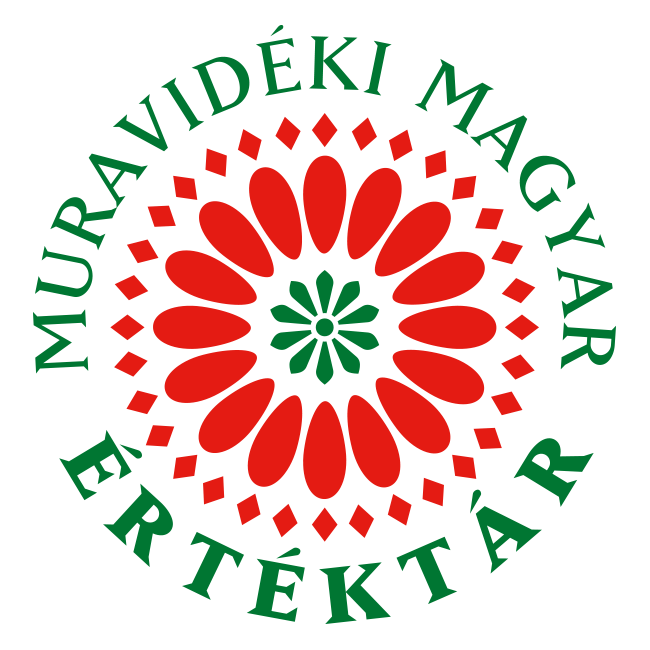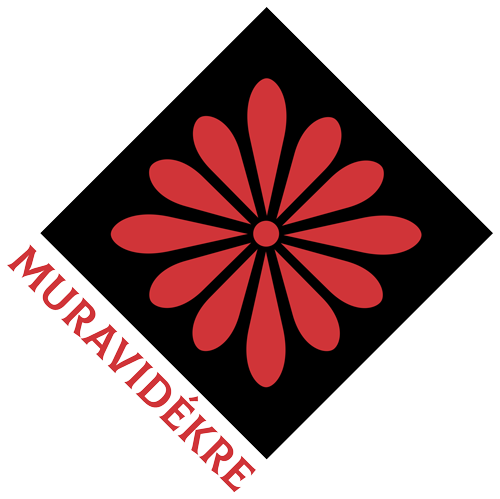Prekmurian Shrove Tuesday Customs
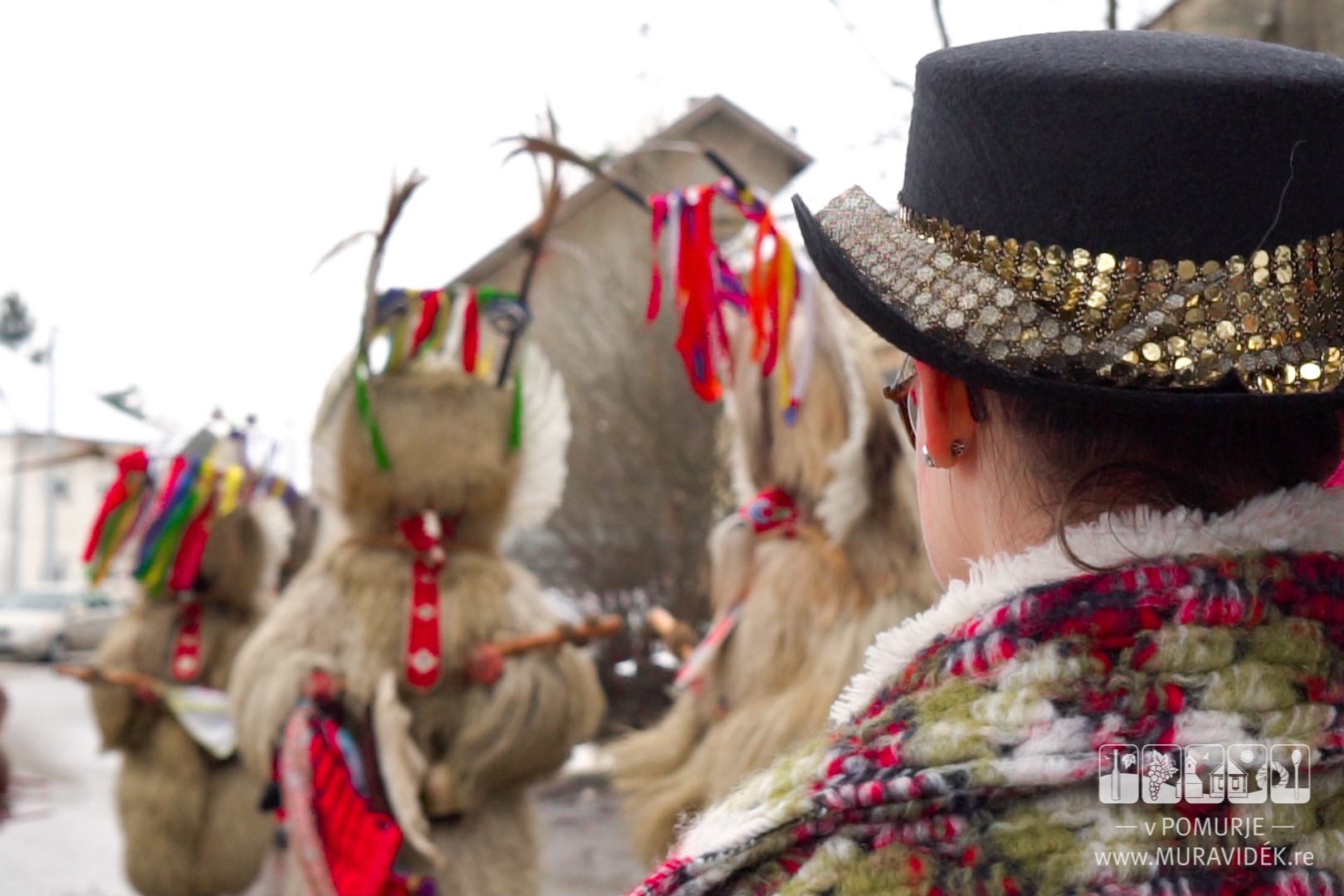
According to the Catholic calendar, the carnival season, which is linked to numerous folk customs, starts on Three Kings’ Day and lasts until Ash Wednesday.
Shrove Tuesday has always been a joyful expectation of spring when people tried to motivate the awakening nature to bear a rich harvest with feasts and merrymaking. The custom of throwing noisy parties revived the ancient belief in which the sun´s power weakens during the last days of winter and, simultaneously with this occurrence, evil spirits awaken. With the noisy merrymaking and masquerading, people wanted to chase away these evil spirits. Among other things, this was the time when weddings, butchering a pig and carnival parades were held.
Since most of the customs and beliefs are connected to certain days, the actual carnival days are considered to be Shrove Sunday, Shrove Monday and Shrove Tuesday. In the past, it was considered that the closing period of the Shrovetide season lasted from Saturday night until midnight on Shrove Tuesday. All of the other days belonged to the season of Lent. In some Hungarian regions, Ash Wednesday was called “böjtfő” or “böjtfakadó” which meant the beginning of the fasting season. The Thursday after Shrove Tuesday, on the other hand, was called “zabáló csütörtök” or “torkos csütörtök” which literally meant “greedy Thursday” because this was the day when Lent was forgotten for one day and people ate the remainder of the Shrove Tuesday feast.
Did you know?
“If the master of the house ate buckwheat žganci or carnival doughnuts before daybreak in his orchard, he drove away the European ground squirrels with this action. At the same time, he also had to say that he would chop off the moles´ heads or that he would eat them all.“ (Halász 1999: 128).
“During the Shrovetide season, spinning was forbidden. Prekmurian Slovenes ceased spinning on the so-called “brown Friday” (the Friday before Shrove Sunday) as well as on the so-called “spinning Wednesday” (the Wednesday before Shrove Sunday) because they were afraid of frogs eating their flax.“ (Halász 1991: 128–129).
“The Shrovetide season was also the period of prophecies. If girls wanted to know which one of them would be getting married the soonest, they had to place a cracknel on their laundry paddle. Then a cat was lured to the site and the girl whose cracknel the cat ate first, was the girl who would be the first to find herself a husband.” (Halász 1991: 129).
If you would like to know more about Shrovetide customs in Prekmurje, then watch the video below. In the video, ethnographer Dr. Mária Bihar talks about customs linked to this season.
Sources:
- Halász Albert 1999: Jeles napok, népi ünnepek a Muravidéken. Lendava: Studio Artis Kiadó – Zavod za kulturo madžarske narodnosti.
- Tátrai Zsuzsanna – Karácsony Molnár Erika 1997: Jeles napok, ünnepi szokások. Budimpešta: Planétás Kiadó.

